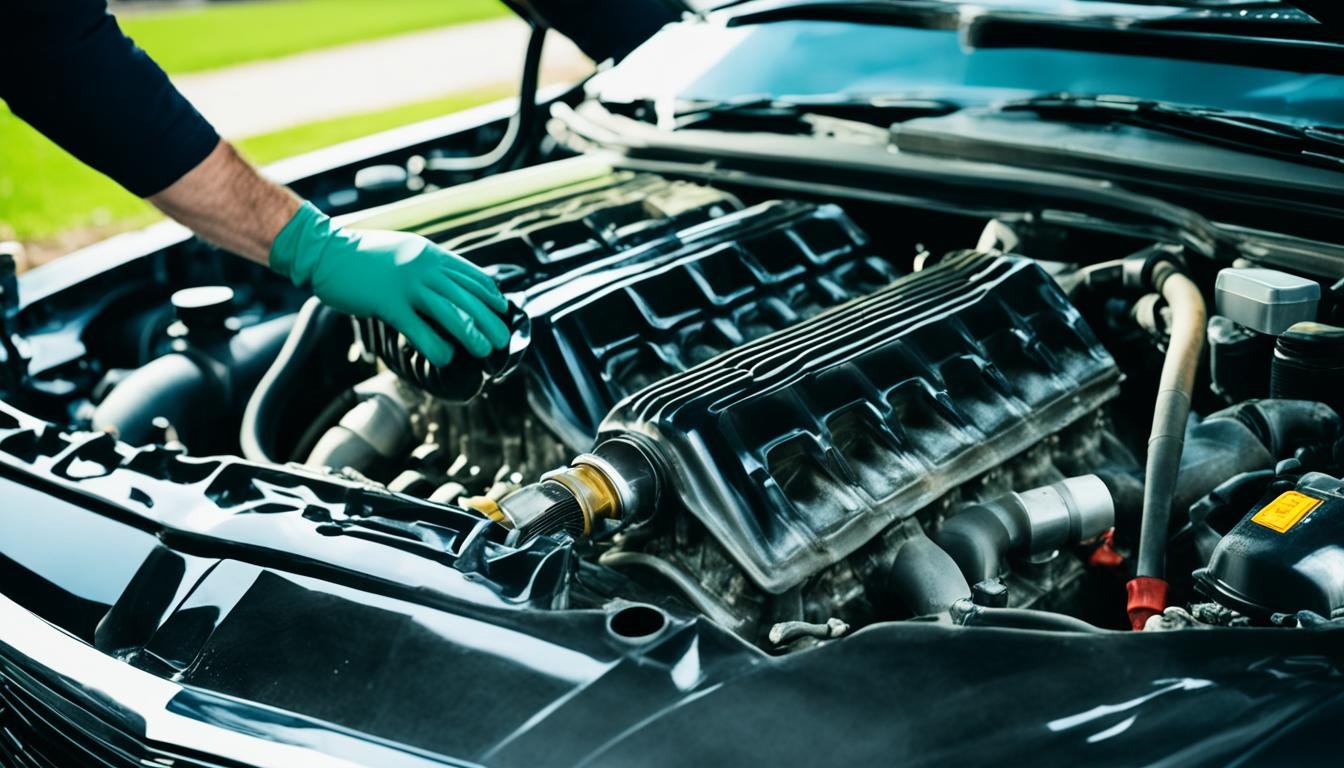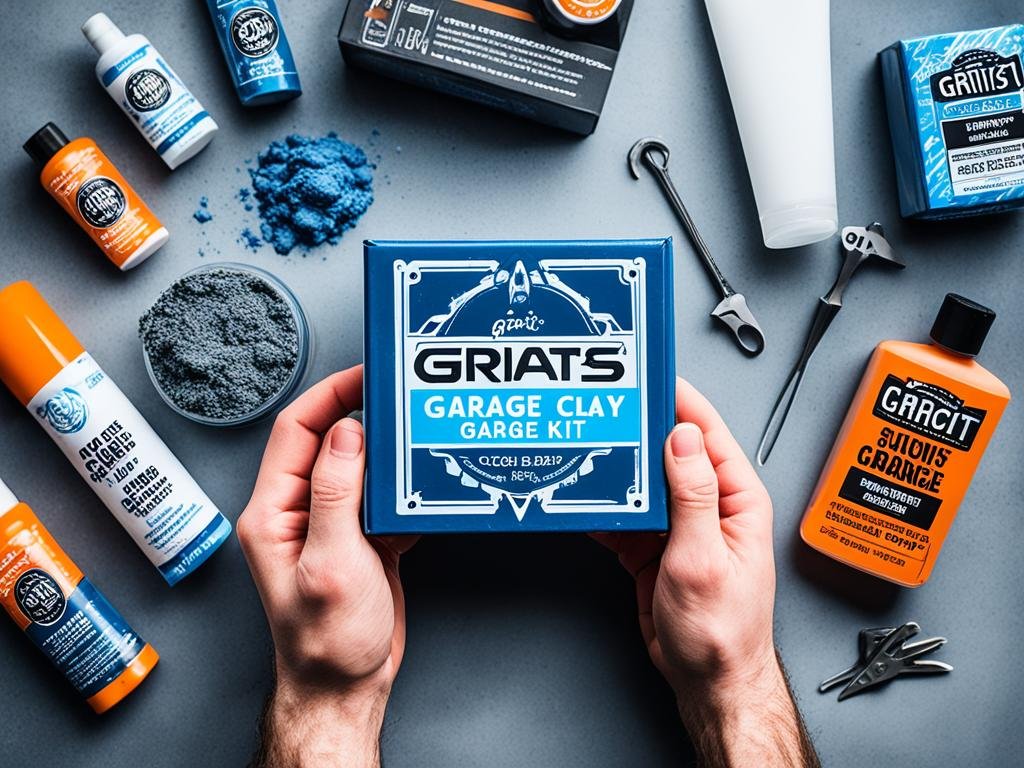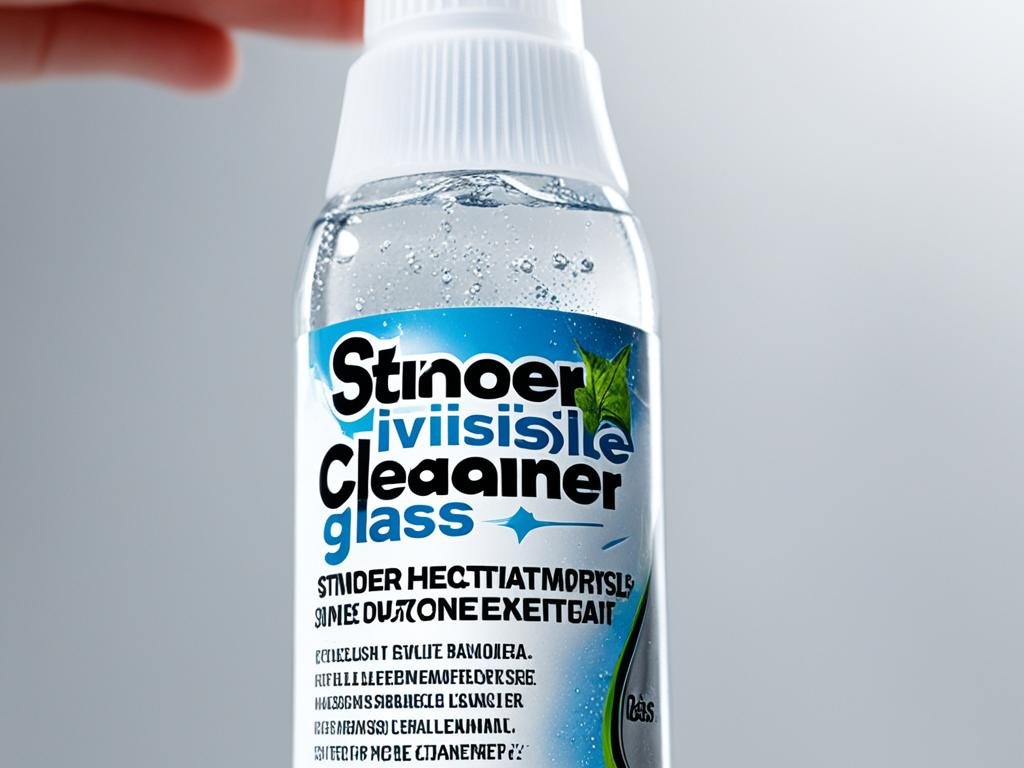How to Apply Rubber Protectant
April 11, 2024 | by Rosie Dazzlers
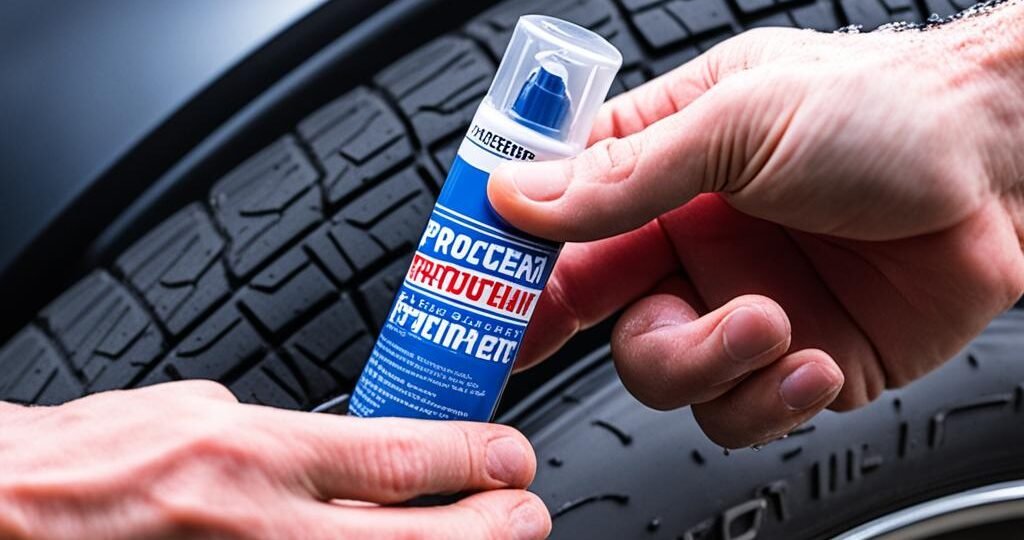
Serving Norfolk and Oxford counties, we bring the shine to you. From sedans to SUVs, experience unmatched convenience and quality right at your doorstep. Trust us to make your vehicle dazzle. Call now and let your car shine!
Key Takeaways:
- Learn how to effectively apply rubber protectant for maintaining the condition and longevity of rubber surfaces.
- Understand the importance of rubber protectant in preserving and rejuvenating rubber seals.
- Follow a step-by-step guide on applying rubber protectant correctly.
- Compare different rubber protectant products to choose the best option for your needs.
- Regularly applying rubber protectant helps extend the life of your rubber surfaces and keeps them in top condition.
The Importance of Rubber Protectant
Rubber protectant plays a crucial role in preserving the condition and longevity of rubber surfaces. It provides a layer of protection that prevents drying and cracking, particularly in extreme temperatures. By applying rubber protectant regularly, you can ensure that your rubber surfaces remain in top condition for an extended period.
One of the key benefits of using rubber protectant is its ability to rejuvenate rubber seals. Over time, rubber seals can become worn out and lose their elasticity. However, with the application of rubber protectant, you can restore the color and flexibility of these seals, making them more resistant to wear and tear.
Another significant advantage of rubber protectant is its ability to prevent drying and cracking. Exposure to sunlight, heat, and harsh weather conditions can cause rubber surfaces to dry out and develop cracks. By using rubber protectant, you create a protective barrier that shields the rubber from these external factors, ensuring its durability and preventing costly damages.
Preserving rubber surfaces is essential, not just for aesthetics, but also for safety. Rubber is commonly found in various areas such as vehicles, doors, windows, and industrial equipment. When rubber surfaces deteriorate, they can compromise the performance and functionality of these objects, leading to potential hazards. Therefore, applying rubber protectant is a proactive measure to maintain the integrity of these surfaces and prevent any safety risks.
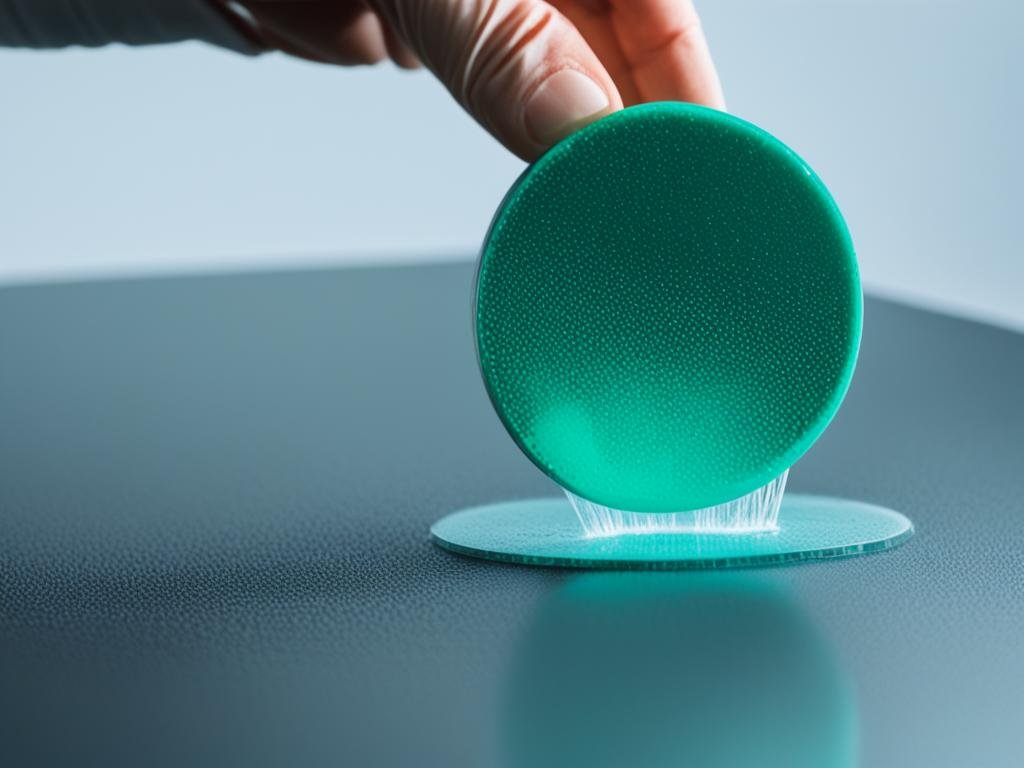
The importance of rubber protectant cannot be underestimated. By regularly applying rubber protectant, you can extend the life of your rubber surfaces, prevent drying and cracking, and rejuvenate rubber seals. It is a simple yet effective way to ensure that your rubber surfaces remain in optimal condition, preserving their functionality and appearance for years to come.
Step-by-Step Guide on Applying Rubber Protectant
To maintain the condition and longevity of rubber surfaces, proper application of rubber protectant is crucial. Follow these simple steps to ensure effective protection:
- Clean the rubber surface thoroughly using a mild soap and water solution. This will remove any dirt, grime, or old protectant residue.
- Allow the rubber surface to dry completely before applying the protectant. This will ensure that the protectant adheres properly.
- Shake the rubber protectant bottle well to mix the formula.
- Apply a small amount of rubber protectant onto a microfiber cloth or sponge.
- Gently rub the cloth or sponge onto the rubber surface in a circular motion, ensuring even coverage.
- Continue applying the protectant until the entire rubber surface is treated.
- Allow the protectant to dry completely before exposing the rubber surface to water or other elements.
Following these steps will help you achieve optimal results when applying rubber protectant. Remember to always refer to the instructions provided by the specific product you are using to ensure the best application process. By properly applying rubber protectant, you can protect and extend the life of your rubber surfaces, preventing drying, cracking, and deterioration.
Comparing Rubber Protectant Products
When it comes to protecting your rubber surfaces, choosing the right rubber protectant product is crucial. In this section, we will compare two popular options: 303 Rubber Seal Protectant and 1Z Gummi Pflege. Let’s explore the pros and cons of each to help you make an informed decision for your rubber surface maintenance needs.
303 Rubber Seal Protectant
The 303 Rubber Seal Protectant is highly regarded for its exceptional performance in protecting against drying, cracking, and discoloration. It is formulated to restore the elasticity and rejuvenate the color of rubber seals, leaving them looking like new. The water-based formula of the 303 Rubber Seal Protectant ensures easy application, and it dries quickly to a natural sheen.
Pros:
- Protects against drying, cracking, and discoloration
- Restores elasticity and rejuvenates color
- Water-based formula
- Dries quickly to a natural sheen
Cons:
- May require more frequent application in extreme weather conditions
1Z Gummi Pflege
1Z Gummi Pflege is another highly effective rubber protectant product that is popular among car enthusiasts. It provides excellent protection for rubber seals and surfaces, preventing drying and cracking. The water-based formula of 1Z Gummi Pflege ensures easy application and quick drying to a natural sheen.
Pros:
- Excellent protection against drying and cracking
- Water-based formula
- Dries quickly to a natural sheen
Cons:
- May require more frequent application in extreme weather conditions
- Some users find the smell to be strong
| Product | Pros | Cons |
|---|---|---|
| 303 Rubber Seal Protectant | Protects against drying, cracking, and discoloration Restores elasticity and rejuvenates color Water-based formula Dries quickly to a natural sheen |
May require more frequent application in extreme weather conditions |
| 1Z Gummi Pflege | Excellent protection against drying and cracking Water-based formula Dries quickly to a natural sheen |
May require more frequent application in extreme weather conditions Some users find the smell to be strong |
Both the 303 Rubber Seal Protectant and 1Z Gummi Pflege offer excellent protection for rubber surfaces. The choice between the two ultimately comes down to personal preference and specific needs. Consider factors such as the condition of your rubber surface, the climate you live in, and any specific requirements you may have. Whichever product you choose, rest assured that both options will help maintain the longevity and appearance of your rubber seals and surfaces.
Conclusion
Applying rubber protectant is an essential practice for maintaining the condition and longevity of rubber surfaces. By following the step-by-step guide and using high-quality products such as 303 Rubber Seal Protectant or 1Z Gummi Pflege, you can ensure that your rubber seals, doors, windows, and other rubber surfaces remain protected from drying, cracking, and discoloration.
Regular application of rubber protectant not only extends the life of your rubber surfaces but also helps to rejuvenate their color and restore elasticity. This preventive measure provides a layer of protection that withstands extreme temperatures, preserving the integrity of the rubber. By keeping your rubber surfaces in optimal condition, you can avoid costly repairs or replacements in the future.
Don’t wait until your rubber surfaces show signs of wear and tear – start applying rubber protectant today! By incorporating this simple maintenance routine, you can enjoy the benefits of long-lasting protection, improved appearance, and extended lifespan for your rubber surfaces. Take care of your investments and ensure they stay in pristine condition for years to come.
FAQ
How often should I apply rubber protectant?
It is recommended to apply rubber protectant every 3 to 6 months or as needed. Factors such as exposure to sunlight, extreme temperatures, and frequency of use can affect the longevity of the protectant, so regular inspections and touch-ups may be necessary.
Can I use rubber protectant on all types of rubber surfaces?
Rubber protectant is safe to use on most rubber surfaces, including seals, gaskets, tires, and trim. However, it is always a good idea to check the manufacturer’s instructions or test a small, inconspicuous area before applying the protectant to the entire surface.
Do I need to clean the rubber surface before applying the protectant?
Yes, it is important to clean the rubber surface before applying the protectant. Remove any dirt, debris, or old protectant using a gentle cleaner or mild soap and water. Allow the surface to dry completely before applying the rubber protectant.
Can I use a cloth or sponge to apply the rubber protectant?
Yes, a clean cloth or sponge can be used to apply the rubber protectant. Apply a small amount of protectant to the cloth or sponge and gently rub it onto the rubber surface in a circular motion. Make sure to evenly coat the surface, paying extra attention to any cracks or areas of wear.
Is it necessary to let the rubber protectant dry?
Yes, it is important to let the rubber protectant dry completely. Allow the protectant to air dry for about 15 minutes or until it is no longer wet to the touch. Avoid wiping or touching the surface until it has dried to ensure optimal protection and adhesion.
Can I use rubber protectant on colored rubber surfaces?
Yes, rubber protectant can be used on colored rubber surfaces. The protectant will help restore and enhance the color of the rubber, making it look vibrant and rejuvenated. However, it is advisable to test the protectant on a small, inconspicuous area first to ensure it does not cause any discoloration or damage.
Source Links
RELATED POSTS
View all

